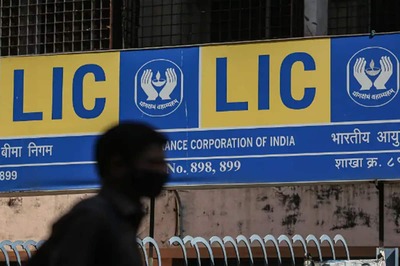
views
BANGALORE: The ‘GUIDe Study’ (Glycemic Index-Usage, Interpretation in Diabetes and Well-being) which was conducted in Delhi, Mumbai, Bangalore and Kolkatta, states that Bangaloreans are most aware about Glycemic Index (50 per cent), followed by Mumbai (47 per cent), Kolkata (43 per cent) and Delhi (40 per cent).This was in sync with the efforts put by dieticians to educate their patients, which was the highest in Bangalore (90 per cent), revealed the survey, which was conducted by nutritionistsrepublic.com.Glycemic Index (GI) is a measure of the effects of carbohydrates in food on blood sugar levels. Low GI foods are currently being looked at as a possible option to prevent lifestyle related diseases and help maintain a healthy life.The survey, which aimed at finding out the knowledge level of the general consumer and the perception of the nutritionists about GI, stated that Mumbai ranked the highest at 94 per cent in the domain of ‘dietician perception’ about GI.The sample size of the survey was 900 nutritionists and dieticians across four cities.Only 45 per cent nutritionists said that their patients were aware of the concept of GI. Sixty-five per cent of them said that their patients associated GI with the management of diabetes. Moreover, 85 per cent of them associated multigrain snacks, low GI rice, flour and other such preparations with good health. Most patients linked carbohydrate intake with diabetes and were unaware of its importance in general fitness as only 46 per cent believed that it was linked with daily energy levels.Stressing on mandatory food labelling, Dr Shashank Joshi, president of the Indian Academy of Diabetes, said it is important that foods should be marked and labelled as low or high on the GI index so that people can make healthy choices.Nutritionist Naini Setalvad emphasised on reducing the quantity of rice and double the quantity of vegetables and fruits.Dr Priyanka Rohatgi, HOD of nutrition and dietetics, Apollo Hospital said it was important to take the message of low GI foods to schools and colleges, where it is a major problem.




















Comments
0 comment